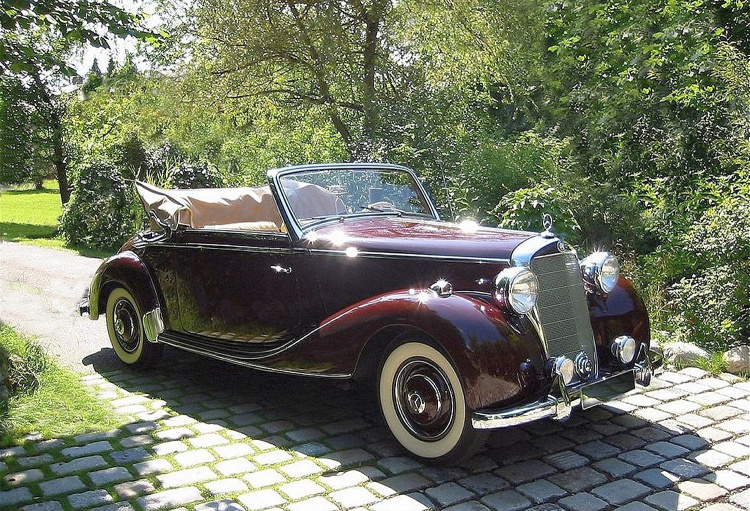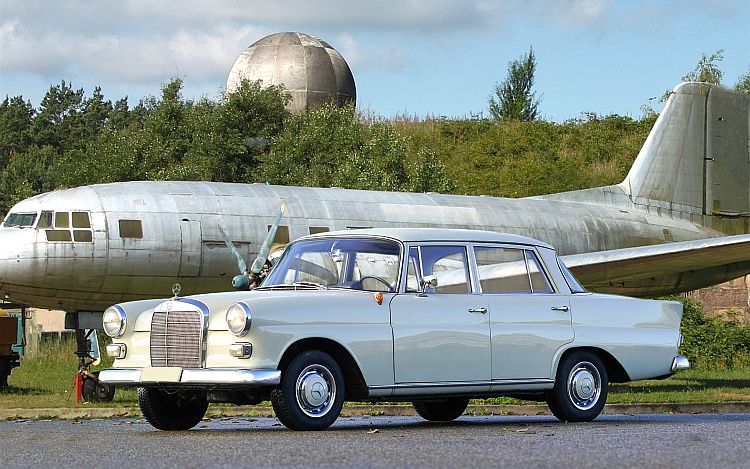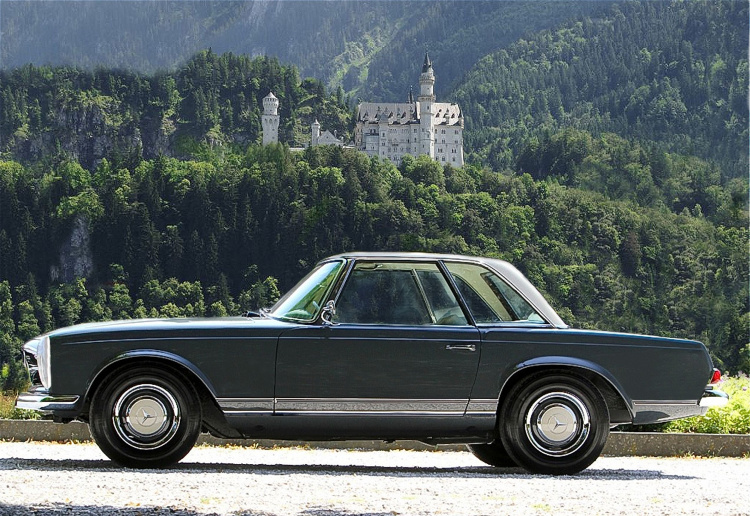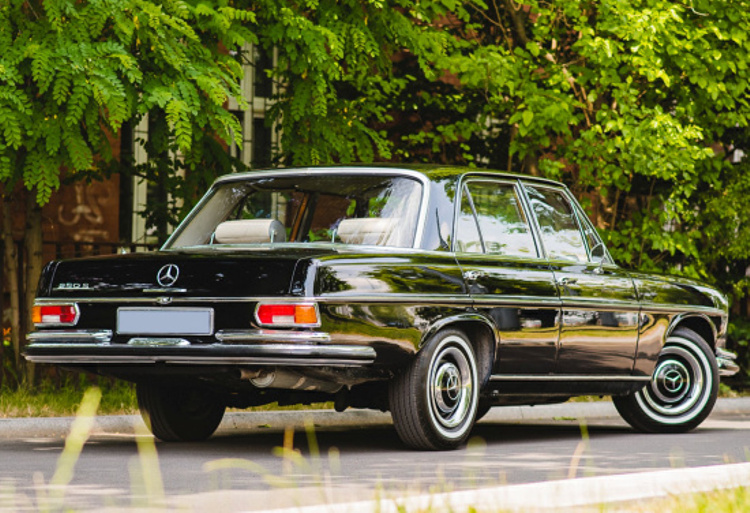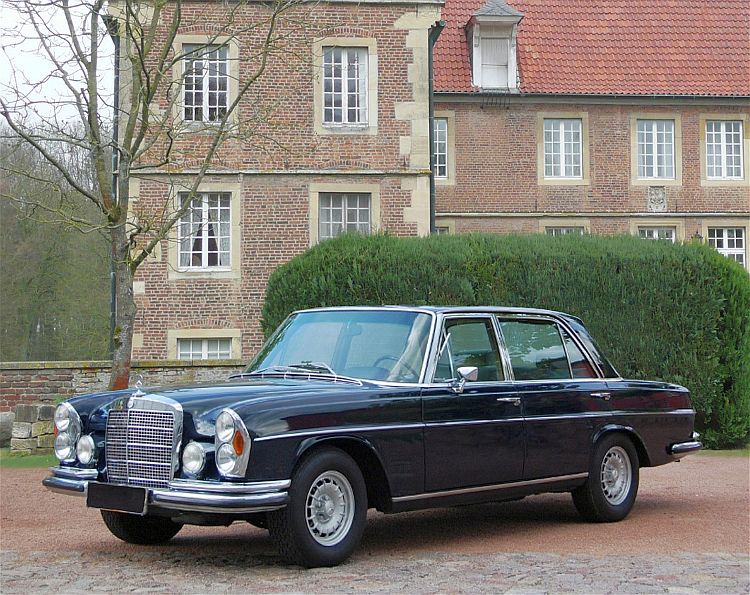Mercedes 300SEL 6.3, the 1960s V8 powerhouse
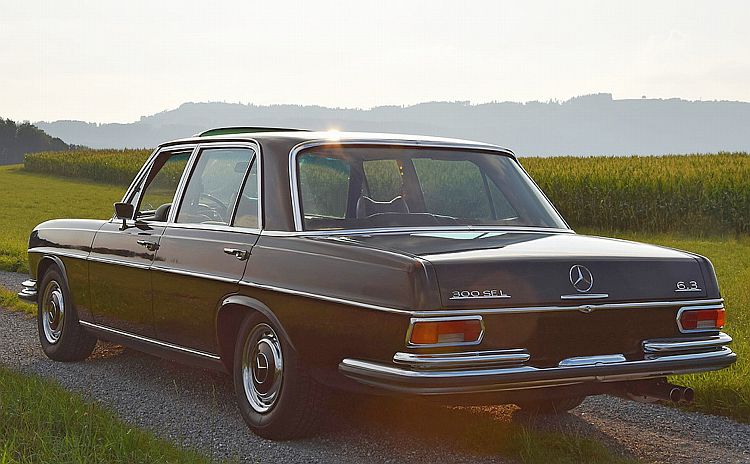
Mercedes 300SEL 6.3: The initiative to build one of the most exciting executive sedans of the 1960s did not come from Daimler-Benz, it came from a German automotive magazine (auto motor und sport), whose editor lamented that Mercedes-Benz was building great, but not very exciting cars suited for executives, farmers and retirees.
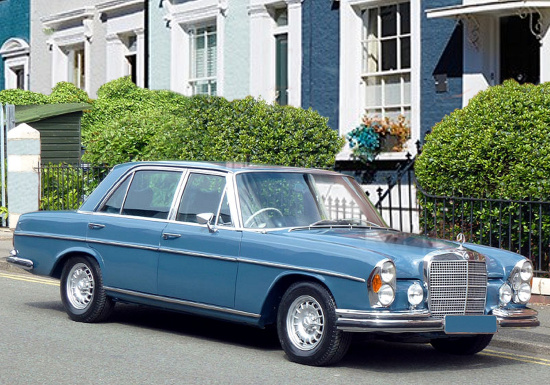
Mercedes 300 SEL 6.3, 1970. The UK was an important market for the big Mercs
Erich Waxenberger, engineer in Rudolf Uhlenhaut’s department, had enough of the Mercedes bashing and decided to do something about it, but initially without the knowledge of his boss. The end of this experiment is known to all of us: a mixture of the slow selling 600, from which it received the power plant and the equally disappointing six-cylinder 300SEL, which served as donor of the body and frame. But first tests were done with the engine planted in a 250SE Coupe W 111 body, which had, as Waxenberger once said in an interview to a German journalist, fallen of the assembly line. As soon as the car was drivable, Uhlenhaut heard about it and naturally wanted to test it. But Waxenberger instructed his colleagues to dismantle the brakes, so that Uhlenhaut could only drive it, once it was capable of surviving his relentless testing.
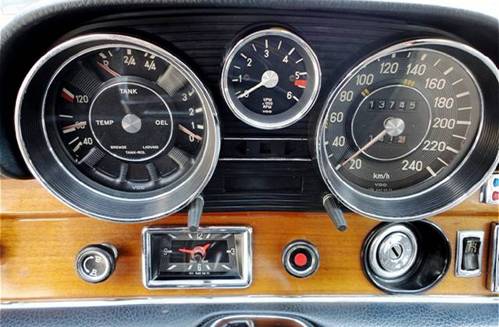
The Mercedes 300SEL 6.3 was the only Mercedes sedan at that time that offered a rev counter. The clock had to be moved to the lower part of the dashboard
Nobody in MB expected that the Mercedes 300SEL V8 would be a sales success
Although the sales department did initially not believe in a commercial success (they claimed that not more than 50 could eventually be sold), the 300SEL 6.3 filled the niche it had created, most successfully. It was not as big as the 600 and it was not as slow as the 300SEL either. Driving the 6.3 meant to enter a different, most exciting world and it was no wonder that magazines such as Road&Track saw in it simply the best car in the world.
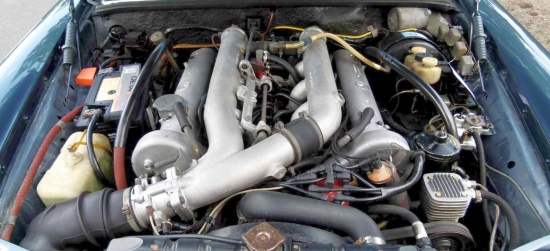
The engine came straight off the 600 and was a tight fit
With 250 hp at 4,000 rpm, a compression ratio of 1:9.0 and a maximum torque of 51 mkp (368.9 ft-lbs) at just 2,800 rpm, the engine offered plenty of grunt to be content with. Average fuel consumption was quoted to be around 21 l/100km (11.2 mpg), but most journalists easily managed to bring that figure to some 30 l/100km (7.8 mpg). Despite its dry weight of 1,830 kg (4,000 lbs), it could accelerate in 7.4 seconds from 0-100 km/h (faster than a Porsche 911S and a Ferrari 330GTC) and it achieved a top speed of 121 km/h (137 m/h). The powerful engine offered tremendous agility, a surprisingly smooth operation over a wide rev band. And if your wallet was up to it, the car would not mind to cruise at high speed for hours.
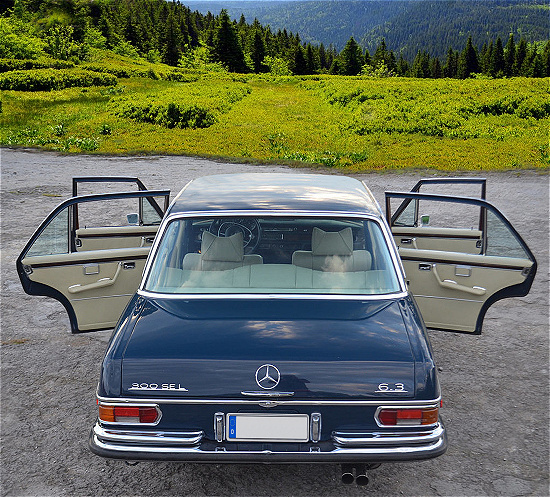
There were very few sedans in the 1960s and 1970s that were able to follow a 6.3
The car came standard almost fully equipped
The 6.3 was a marvel, but it was not only the engine that thrilled its drivers. For a Mercedes, it was also fairly lavishly appointed. It offered power windows, vacuum-controlled central locks, a rev counter and velours upholstery. Leather seats were optional. The wood on the dashboard and window surrounds was now burr walnut and other wood veneer options such as macassar ebony could be ordered. It had a limited slip differential and at the front US-style headlights with halogen bulbs. These headlights quickly became synonymous with the 6.3, as they offered plenty of prestige on a German autobahn. Much to the dismay of many 6.3 owners, Daimler-Benz offered the same headlights later on as an option also on the lesser (slower) models. So that “autobahn-prestige” quickly vanished.
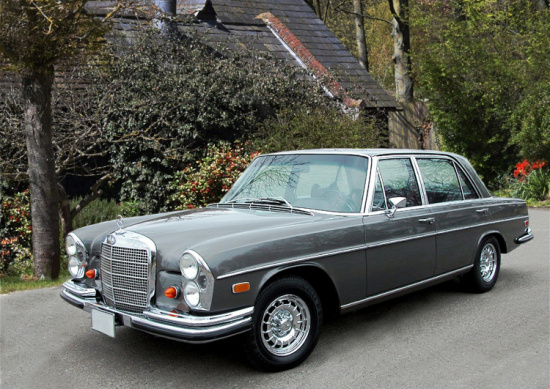
Chromed alloys were popular in the US
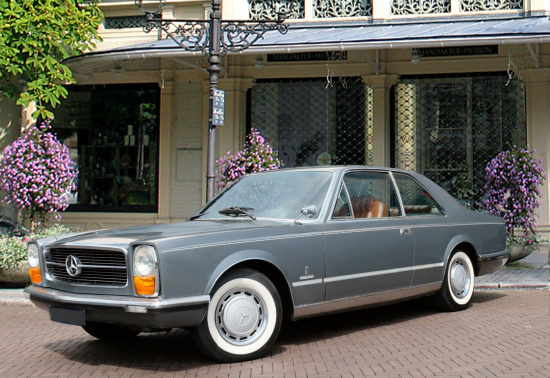
Pininfarina even created for a Dutch client a Coupé based on the 6.3
Later the Mercedes 300SEL was also offered with smaller V8 engines
In Germany the Mercedes 300SEL 6.3 was offered at 39,160 DM ($9,790.- at contemporary exchange rate), which was definitely not cheap. While the car cost $15,120.- in the US, it was even more expensive in the UK. It cost almost 7,700.- GBP ($18,500.- ), once the taxes had been factored in. But compared to a Maserati Quattroporte or even a Bentley T, that price looked reasonable again, even when options such as leather, air-conditioning and sunroof had been added. The Jaguar XJ 12 was no competitor, as it was only introduced in 1972. In 1971 the Mercedes 300SEL 6.3 was replaced in North America first with the 3.5-Liter and one year later the 4.5-Liter.
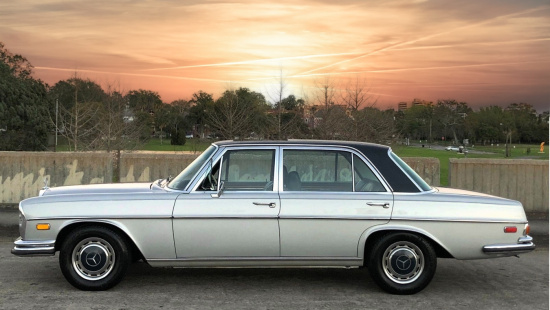
A US 300SEL 4.5 model
In Europe and the rest of the world, the 6.3 was sold till 1972. Despite initial fears from the sales department, the 6.3 proved to be remarkably successful, as 6,526 cars found a buyer.
Starting 1971 also the 280SE/280SEL could be ordered with the 3.5 and 4.5-Liter engines. Especially the 280SE 4.5 proved very popular in North America.
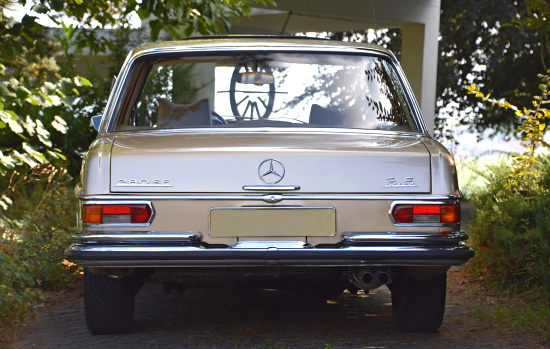
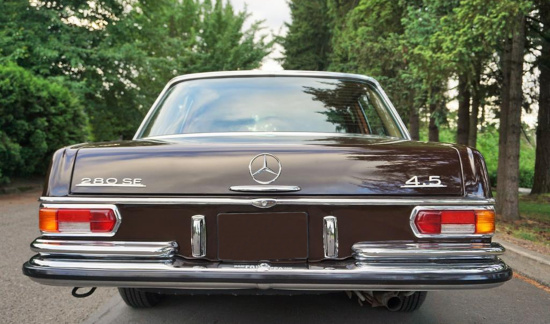
Sales Development
- 300SEL 6.3 (1968-1972): 6.526
- 300SEL 3.5 (1969-1972): 9.583
- 300SEL 4.5 (1971-1972): 2.553
- 280SE 3.5 (1971-1972): 11.309
- 280SEL 3.5 (1971-1972): 951
- 280SE 4.5 (1971-1972): 13.527
- 280SEL 4.5 (1971-1972): 8.173
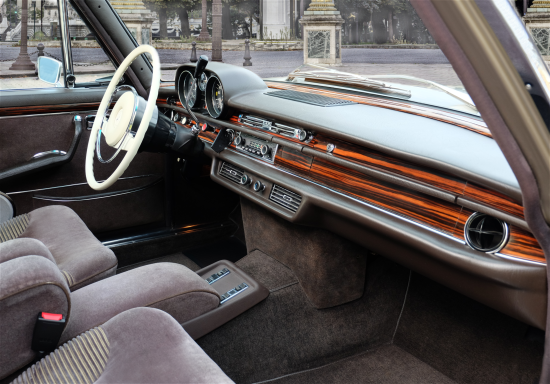
A 1969 model with macassar-ebony wood veneer
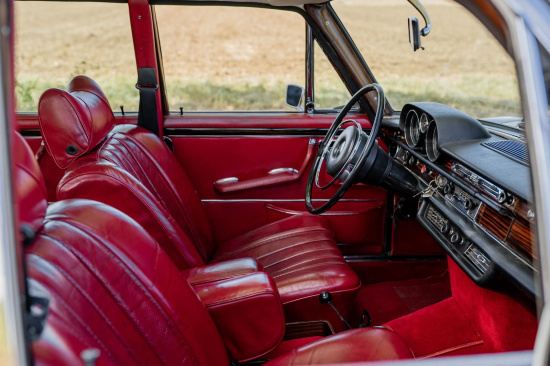
Leather was an attractive alternative to velours
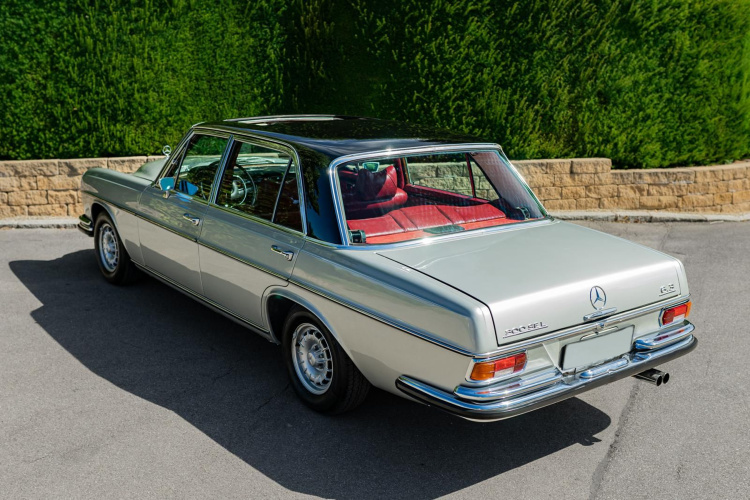
If you want to read more about the Mercedes 300 SEL 6.3 and the other Mercedes W108/109 V8 models from the 280SE 3.5 onwards, here is the link to my book and e-book. It also comes with a comprehensive buyer’s guide and explains the chassis number and data card in detail. Many new photos explains various interesting features of the cars. This includes pictures of the suspension. I am sure you will enjoy the reading.
